The earliest Chinese restaurants in America, dating from the mid-19th-century Gold Rush Era in the San Francisco Bay Area, were opened mostly by immigrants from Canton (now Guangdong) Province in the south of China. For more than a century, Chinese food in America drew on the rich culinary traditions of that region — but adapted to American ingredients and American tastes.
Dishes like chop suey, chow mein, and egg foo young, which had only passing resemblances to real Chinese fare, became standard around the country, and the food grew progressively sweeter, with many items deep-fried and ingredients like broccoli and pineapple taking on an importance unknown in China.
In the 1960s, the Chinese restaurant scene began evolving, first with restaurants serving “Mandarin” cuisine — dishes associated with the Beijing area, like moo-shu pork, beggar’s chicken, and Peking duck. These were followed, in the latter ’60s, by restaurants opened by newcomers from other parts of China, especially the provinces of Sichuan and Hunan.
Both regions, which are in approximately the same part of the country, favor spicy cooking. In Sichuan (also spelled Szechuan), the heat from chiles is combined with the numbing quality of Sichuan pepper, which is neither a chile nor a relative of black pepper but the pungent berries of Zanthoxylum piperitum, a distant relative of citrus. This spice is not traditional in Hunan, but a whole range of chiles bring complex flavors as well as heat to dishes there.
To outline some differences between Sichuan and Hunan cuisines, 24/7 Tempo has reviewed numerous books on both (including the works of English Sichuan-food expert Fuchsia Dunlop), as well as culinary websites originating in the U.S., the U.K., and China.
Because both provinces have similar sub-tropical climates, and because, especially today, there is considerable interchange of raw materials and cooking styles among various Chinese regions, differences between various cuisines may be lessening — but the information below will give you at least a general idea of what to expect from each style. (Also See The Best Chinese Restaurant in Every State)
Scroll down to learn how to tell the difference between Sichuan and Hunan food:
Sichuan: Region’s location
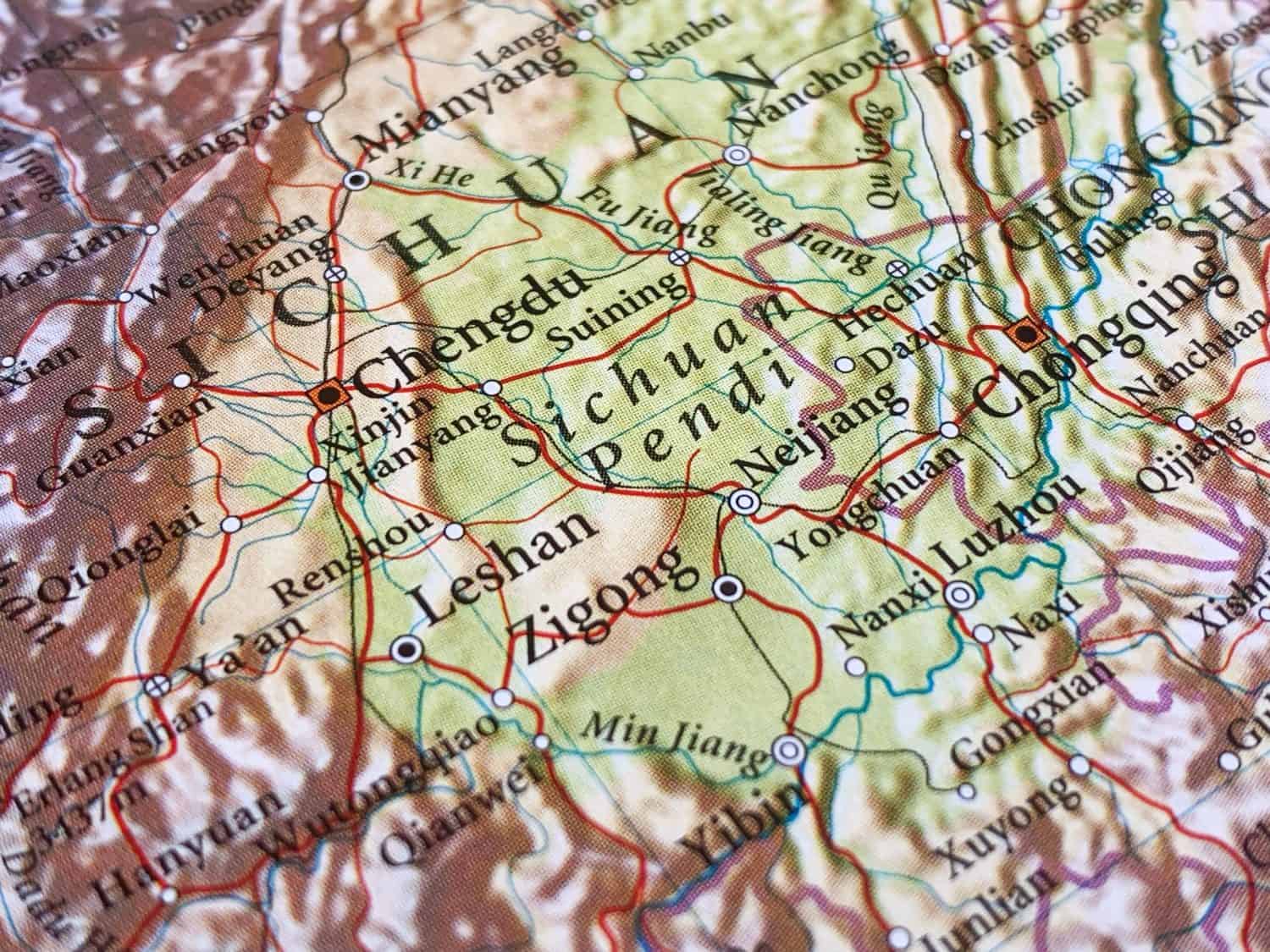
- South-central China
Hunan: Region’s location

- Southeastern China
Sichuan: Signature spices

- Sichuan pepper, dried chiles
Hunan: Signature spices
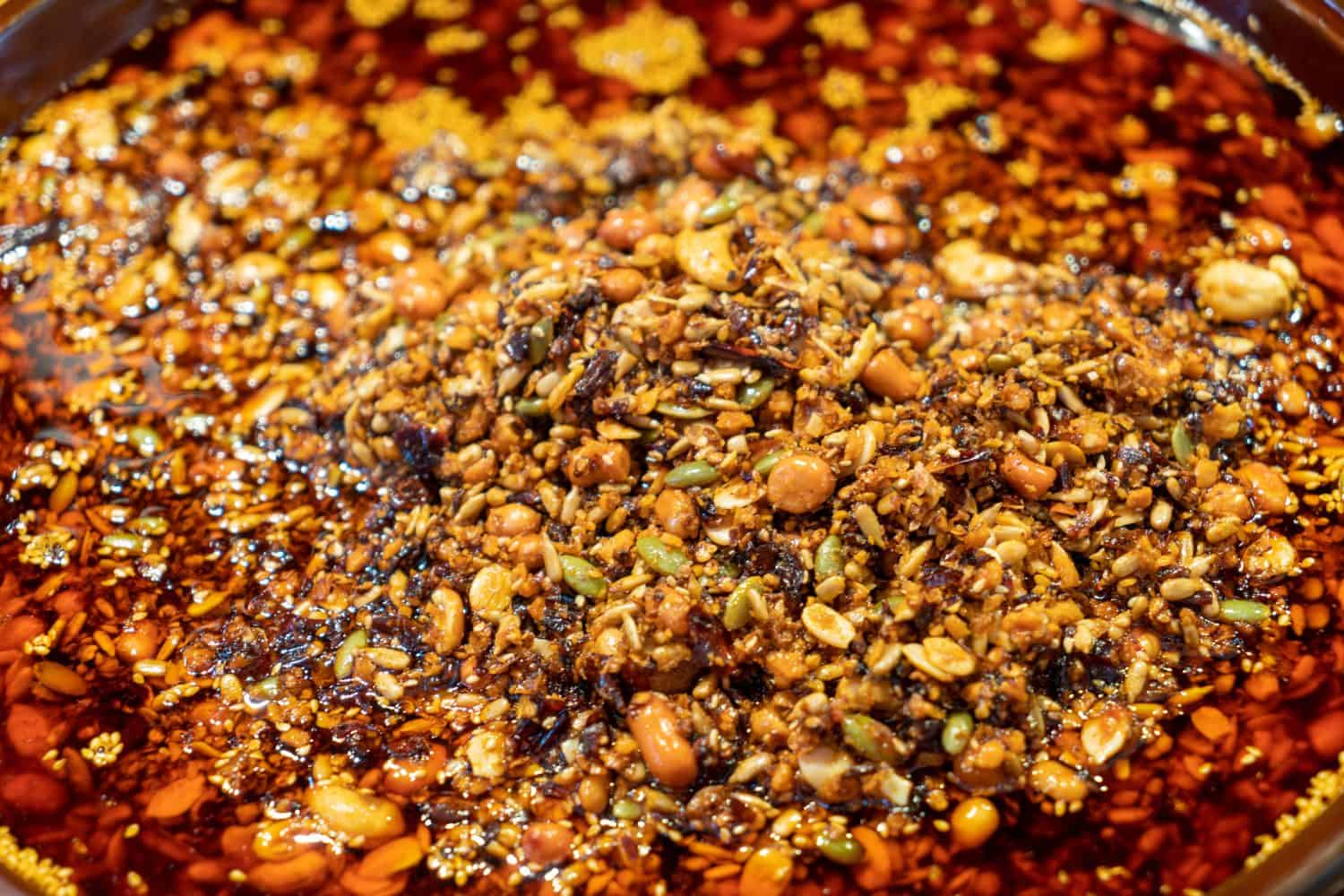
- Fresh, dried, and pickled chiles
Sichuan: Other key ingredients
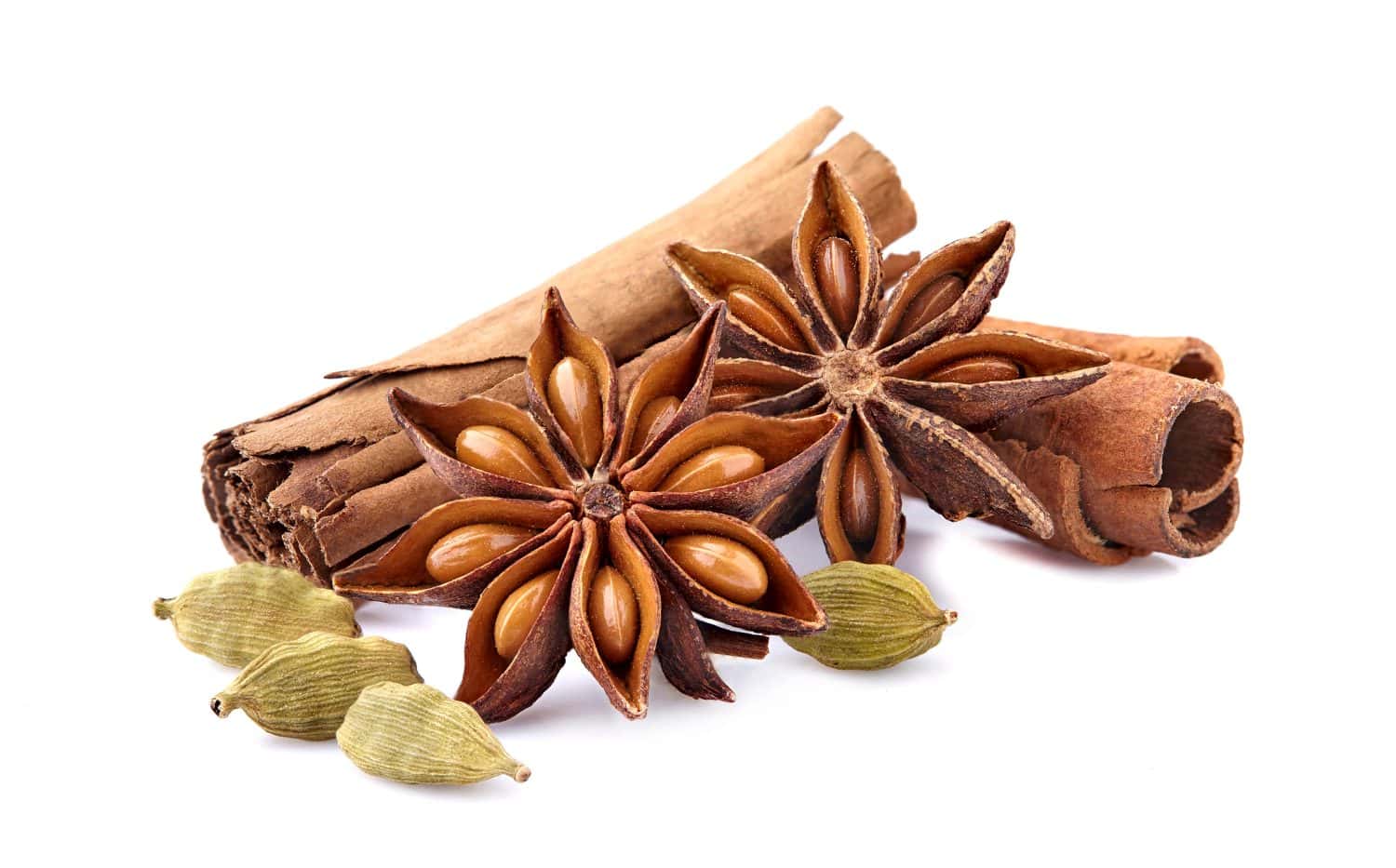
- Garlic, ginger, star anise, dried orange or tangerine peel, bean paste
Hunan: Other key ingredients
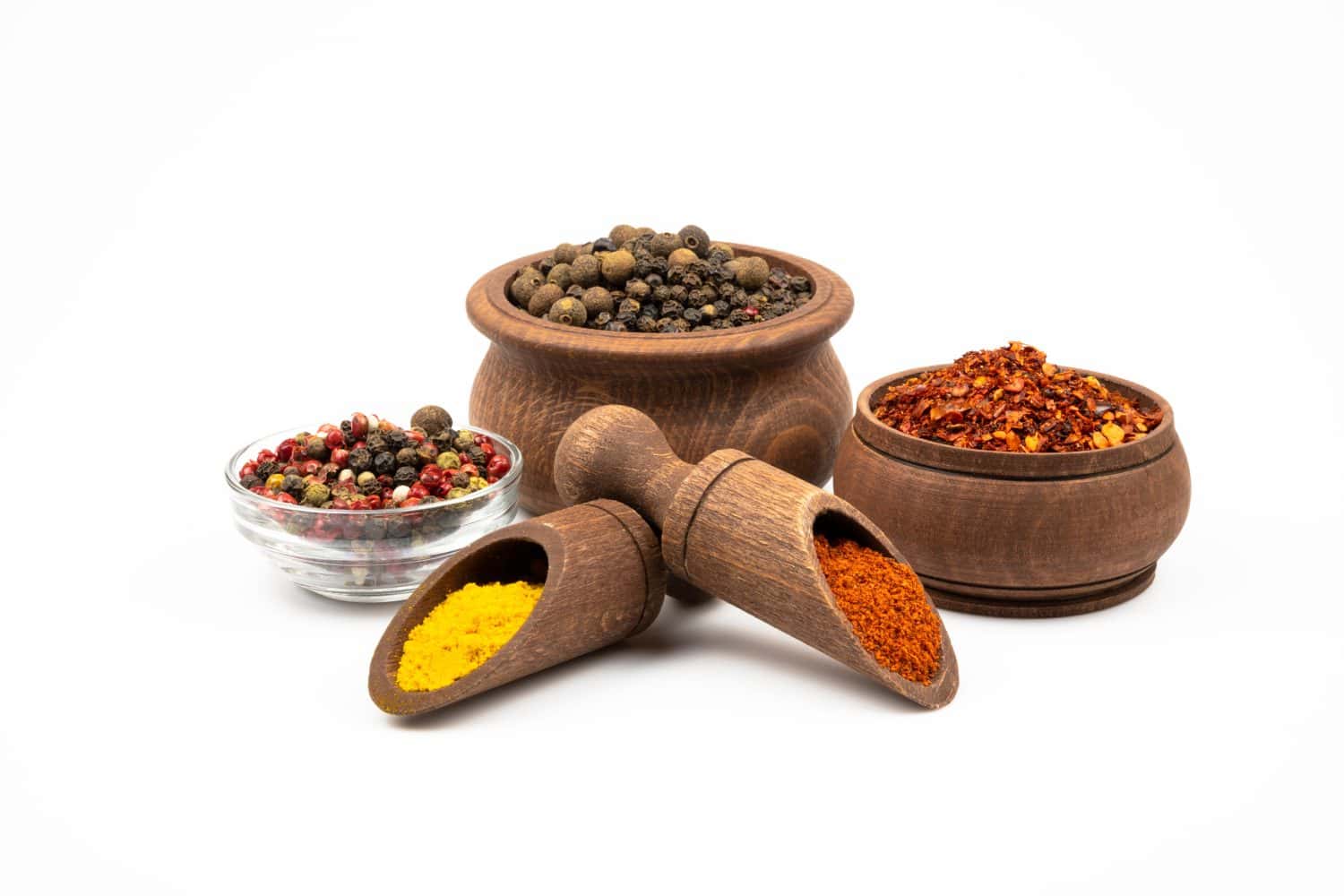
- Garlic, shallots, pickled vegetables, fermented soybeans, nuts
Sichuan: Main methods of food preservation
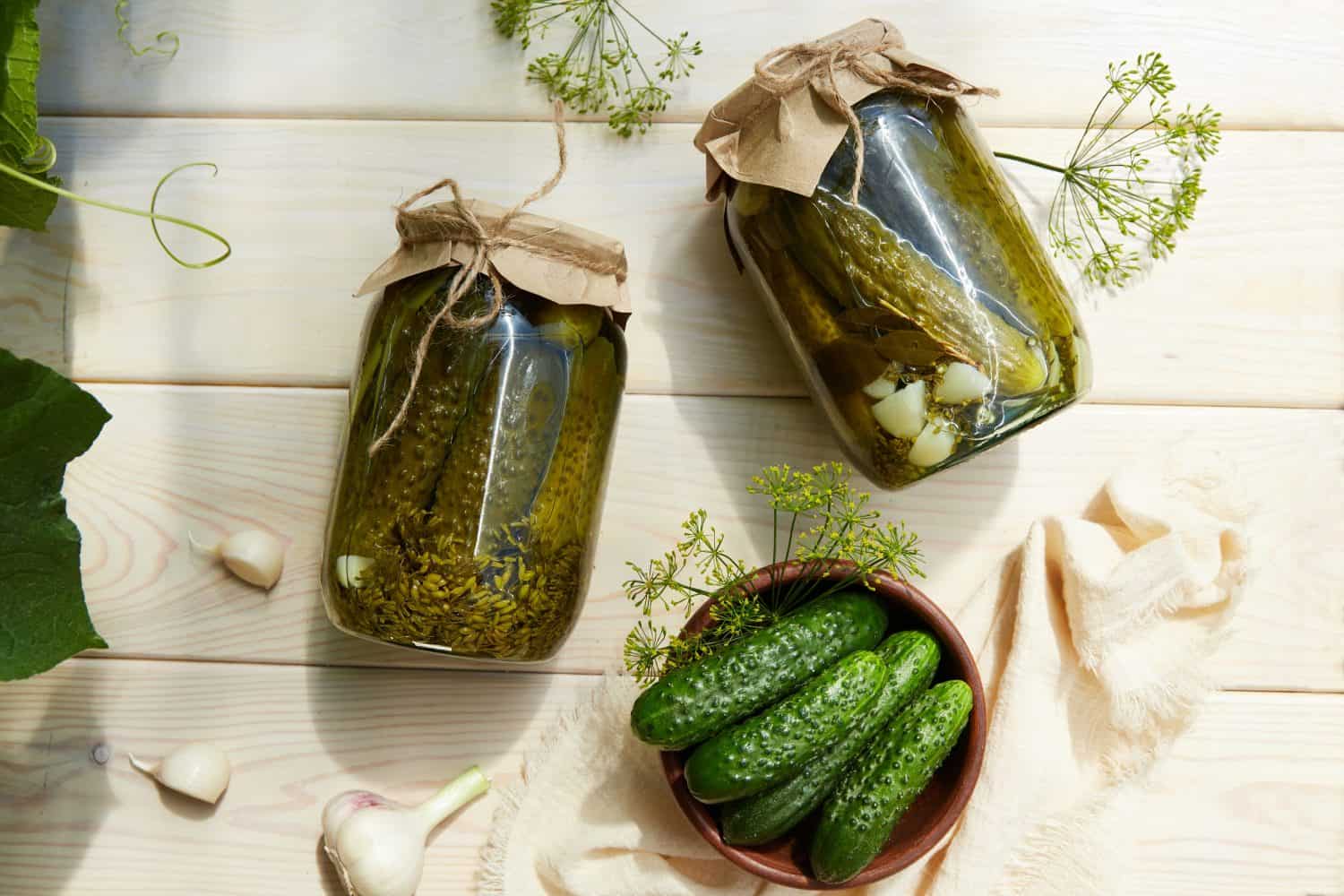
- Pickling, drying, salting
Hunan: Main method of food preservation

- Cold-smoking, fermentation
Sichuan: Most popular meats
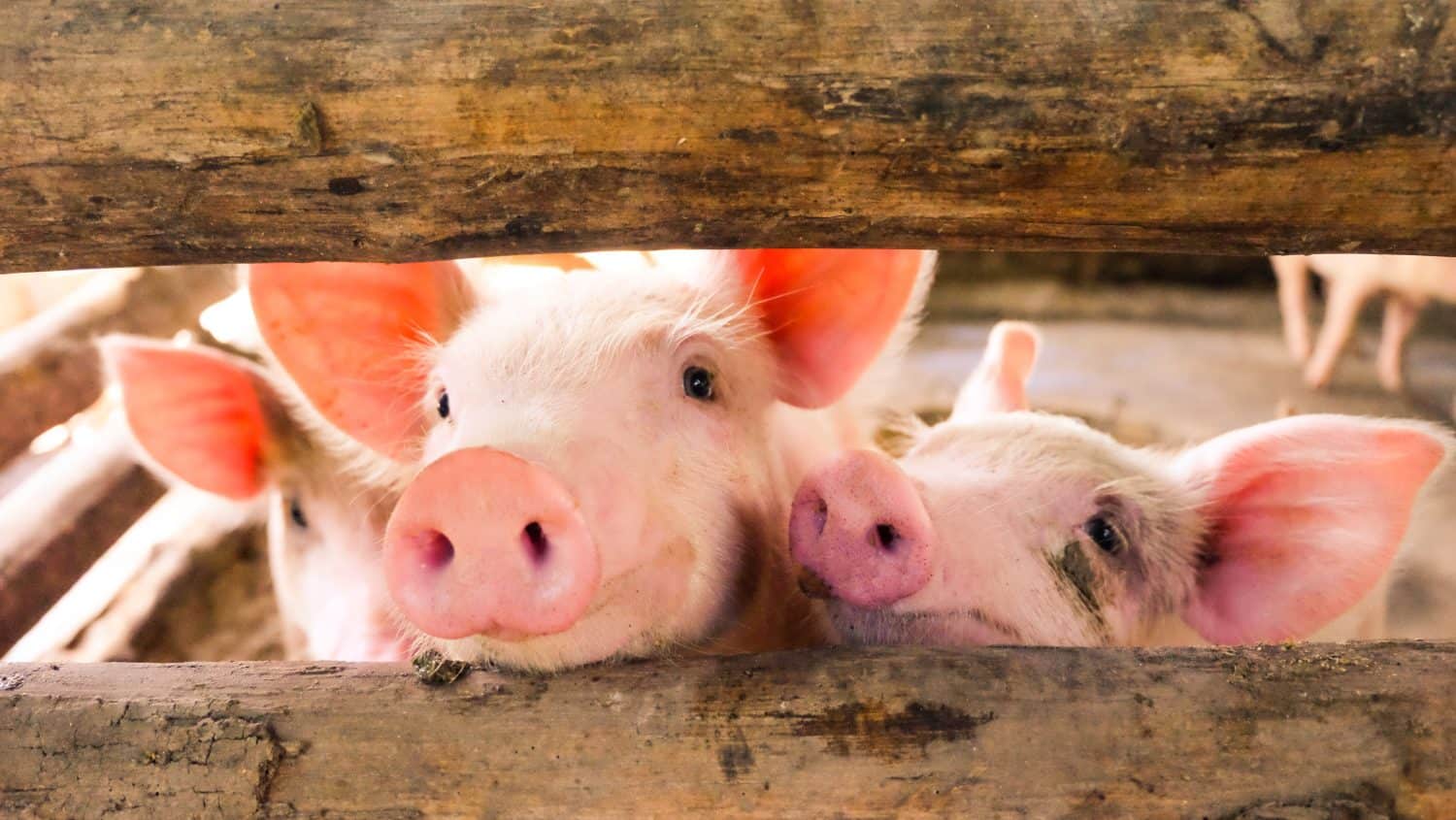
- Pork, beef, organ meats
Hunan: Most popular meat

- Pork, chicken
Sichuan: Common flavor profile
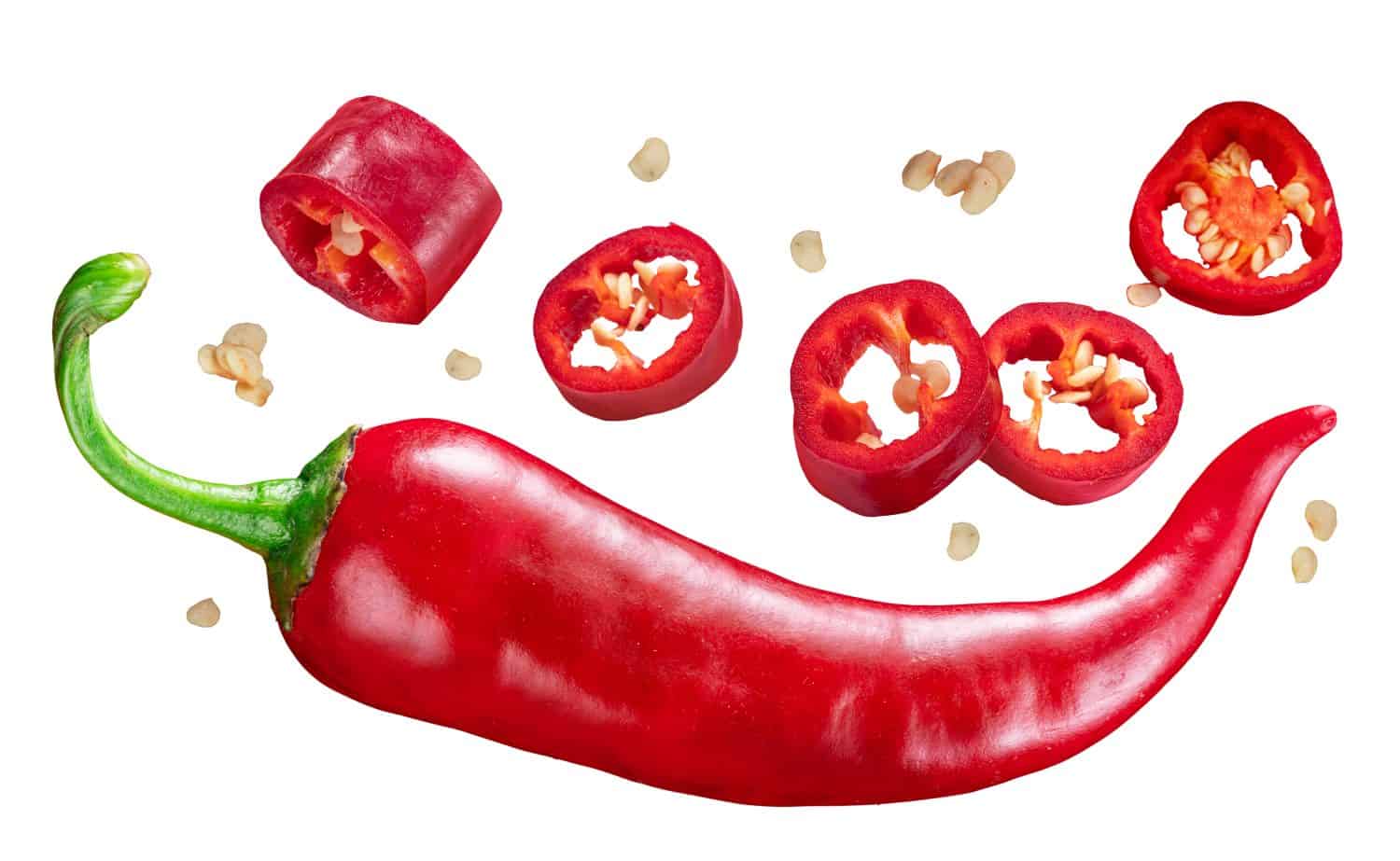
- Spicy-sweet
Hunan: Common flavor profile
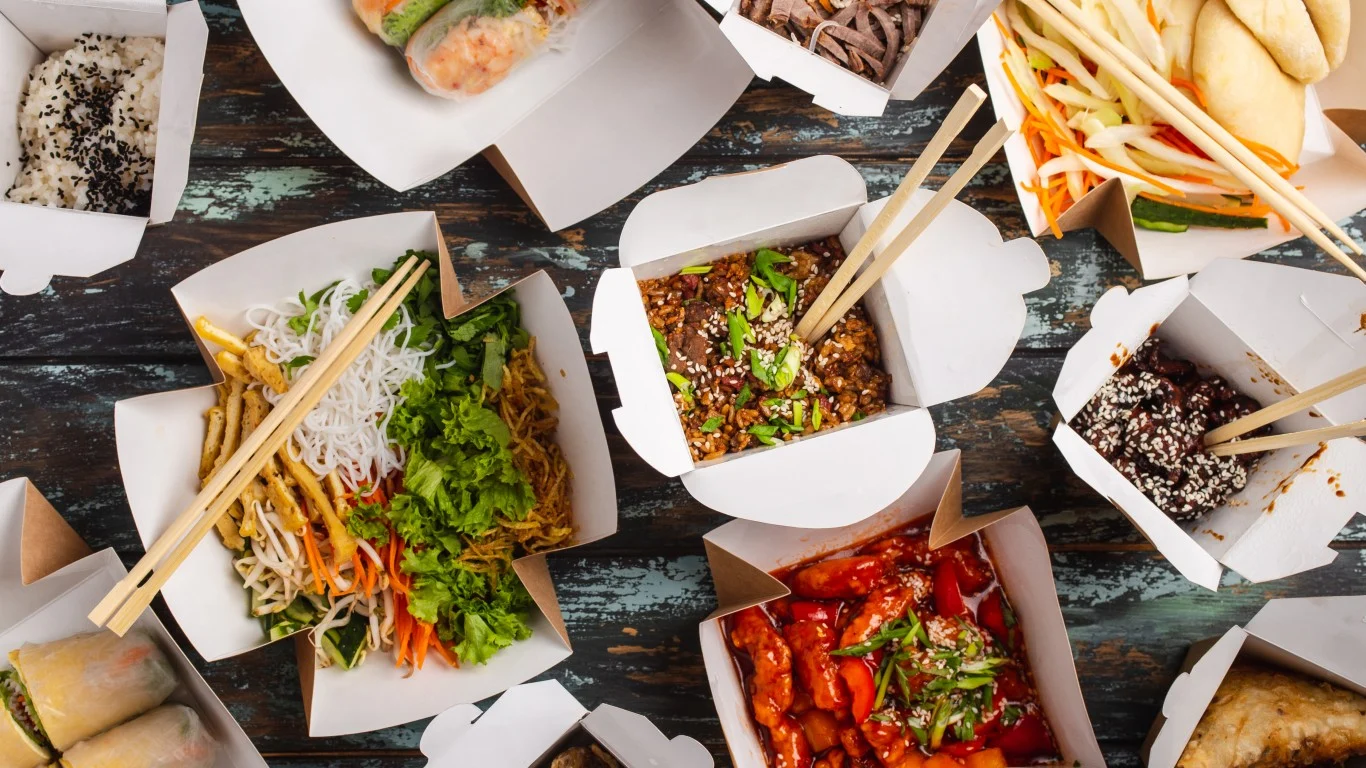
- Smoky-sour-spicy
Sichuan: Famous dishes
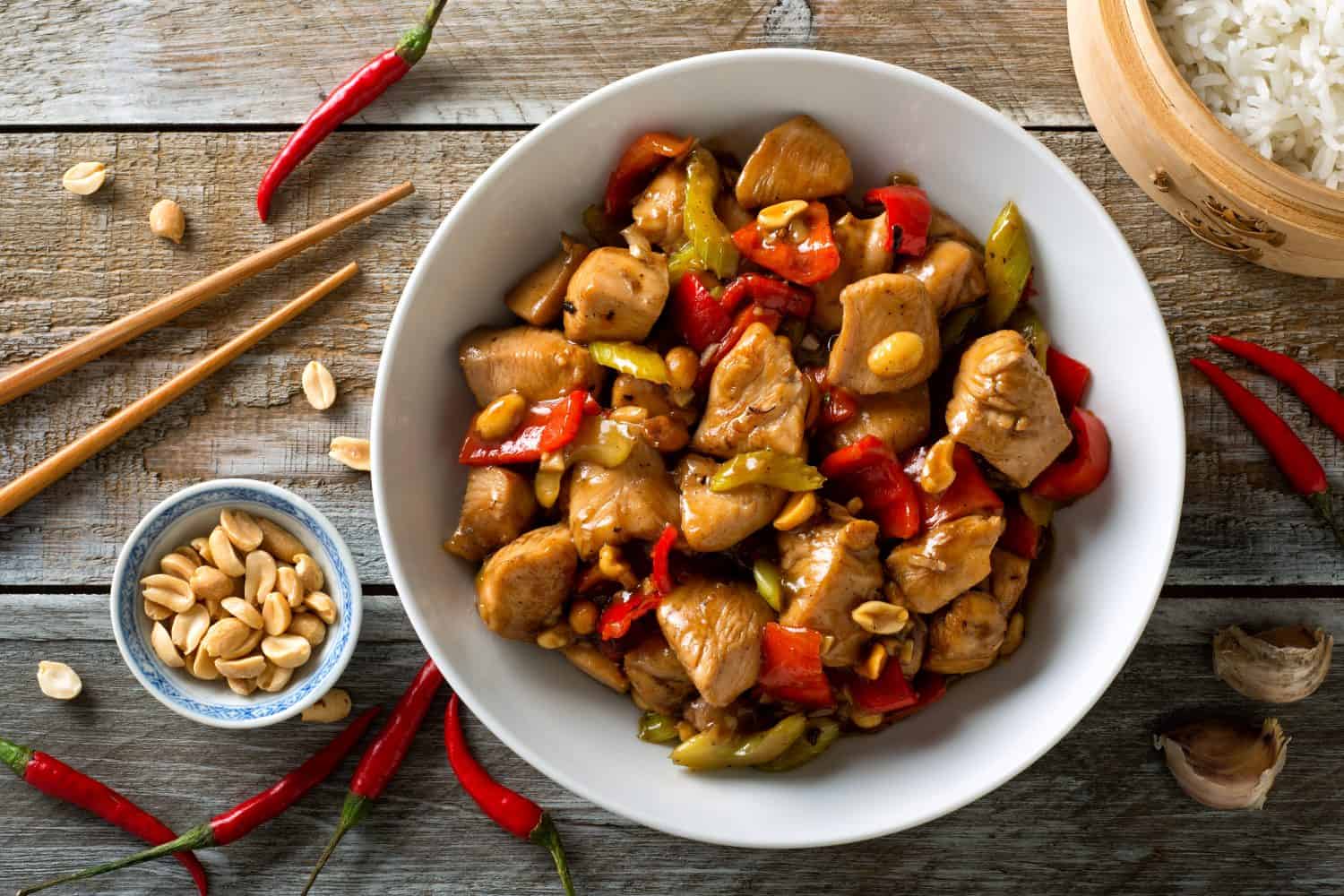
- Kung pao chicken, twice-cooked pork, mapo tofu, dandan noodles
Hunan: Famous dishes
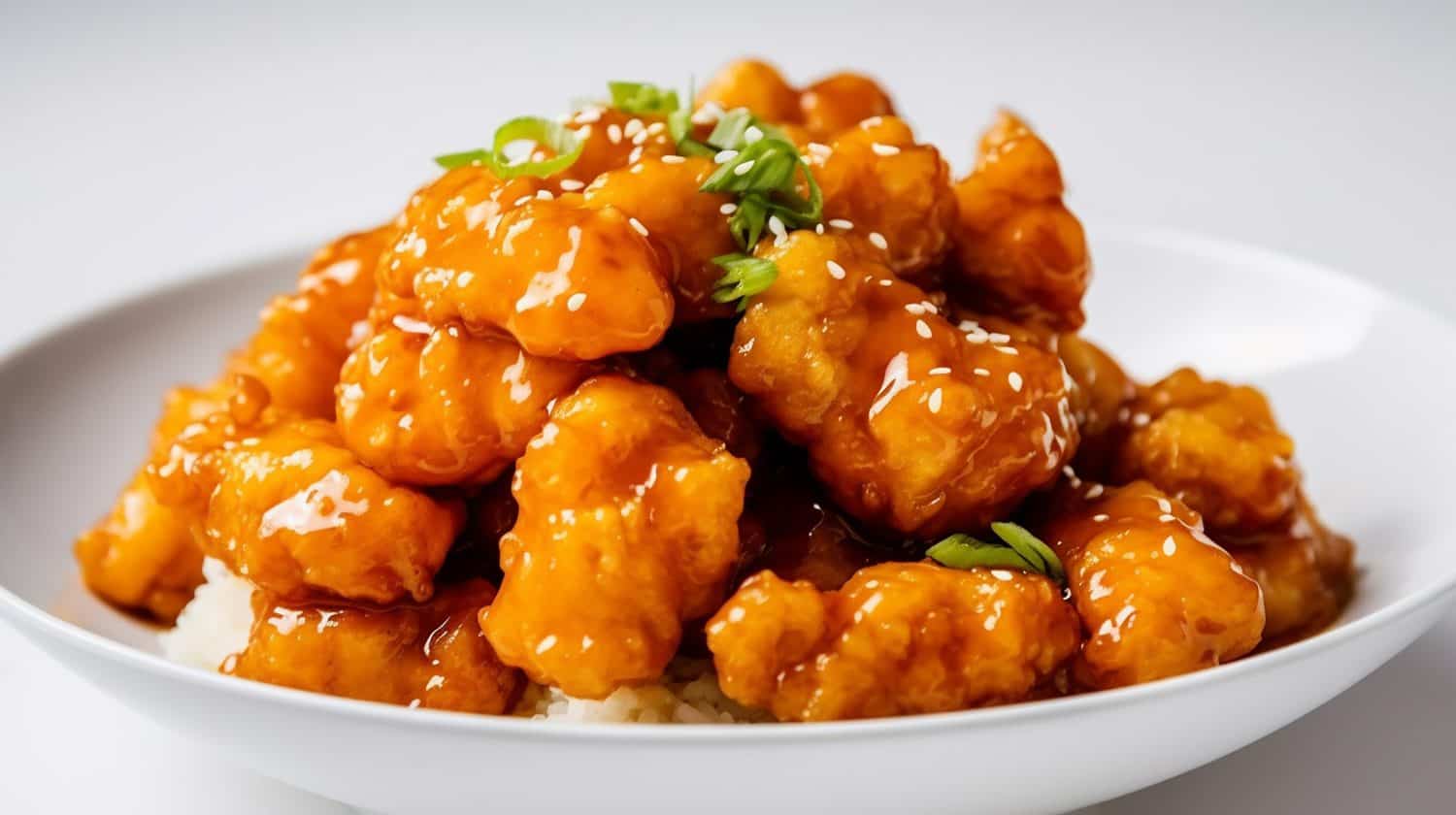
- Orange chicken, dong’an chicken, Chairman Mao’s red-braised pork, steamed fish head